- Home
- Quizzes
- My Quiz Activity
- Newsletters
- Sports Betting
- MY FAVORITES
- Add Sports/Teams
- SPORTS
-
NFL
- NFL Home
- Arizona Cardinals
- Atlanta Falcons
- Baltimore Ravens
- Buffalo Bills
- Carolina Panthers
- Chicago Bears
- Cincinnati Bengals
- Cleveland Browns
- Dallas Cowboys
- Denver Broncos
- Detroit Lions
- Green Bay Packers
- Houston Texans
- Indianapolis Colts
- Jacksonville Jaguars
- Kansas City Chiefs
- Las Vegas Raiders
- Los Angeles Chargers
- Los Angeles Rams
- Miami Dolphins
- Minnesota Vikings
- New England Patriots
- New Orleans Saints
- New York Jets
- New York Giants
- Philadelphia Eagles
- Pittsburgh Steelers
- San Francisco 49ers
- Seattle Seahawks
- Tampa Bay Buccaneers
- Tennessee Titans
- Washington Commanders
-
MLB
- MLB Home
- Athletics
- Arizona Diamondbacks
- Atlanta Braves
- Baltimore Orioles
- Boston Red Sox
- Chicago White Sox
- Chicago Cubs
- Cincinnati Reds
- Cleveland Guardians
- Colorado Rockies
- Detroit Tigers
- Houston Astros
- Kansas City Royals
- Los Angeles Angels
- Los Angeles Dodgers
- Miami Marlins
- Milwaukee Brewers
- Minnesota Twins
- New York Yankees
- New York Mets
- Philadelphia Phillies
- Pittsburgh Pirates
- San Diego Padres
- San Francisco Giants
- Seattle Mariners
- St. Louis Cardinals
- Tampa Bay Rays
- Texas Rangers
- Toronto Blue Jays
- Washington Nationals
-
NBA
- NBA Home
- Atlanta Hawks
- Boston Celtics
- Brooklyn Nets
- Charlotte Hornets
- Chicago Bulls
- Cleveland Cavaliers
- Dallas Mavericks
- Denver Nuggets
- Detroit Pistons
- Golden State Warriors
- Houston Rockets
- Indiana Pacers
- Los Angeles Clippers
- Los Angeles Lakers
- Memphis Grizzlies
- Miami Heat
- Milwaukee Bucks
- Minnesota Timberwolves
- New Orleans Pelicans
- New York Knicks
- Oklahoma City Thunder
- Orlando Magic
- Philadelphia 76ers
- Phoenix Suns
- Portland Trail Blazers
- Sacramento Kings
- San Antonio Spurs
- Toronto Raptors
- Utah Jazz
- Washington Wizards
-
NHL
- NHL Home
- Anaheim Ducks
- Boston Bruins
- Buffalo Sabres
- Calgary Flames
- Carolina Hurricanes
- Chicago Blackhawks
- Colorado Avalanche
- Columbus Blue Jackets
- Dallas Stars
- Detroit Red Wings
- Edmonton Oilers
- Florida Panthers
- Los Angeles Kings
- Minnesota Wild
- Montreal Canadiens
- Nashville Predators
- New Jersey Devils
- New York Islanders
- New York Rangers
- Ottawa Senators
- Philadelphia Flyers
- Pittsburgh Penguins
- San Jose Sharks
- Seattle Kraken
- St. Louis Blues
- Tampa Bay Lightning
- Toronto Maple Leafs
- Utah Hockey Club
- Vancouver Canucks
- Vegas Golden Knights
- Washington Capitals
- Winnipeg Jets
- NCAAF
- NCAAM
- Olympics
- Boxing
- Entertainment
- Lifestyle
- Golf
- MMA
- Soccer
- Tennis
- Wrestling
- More Sports
- RESOURCES
- My Account
- YB on Facebook
- YB on Twitter
- YB on Flipboard
- Contact Us
- Privacy Policy
- Terms of Service
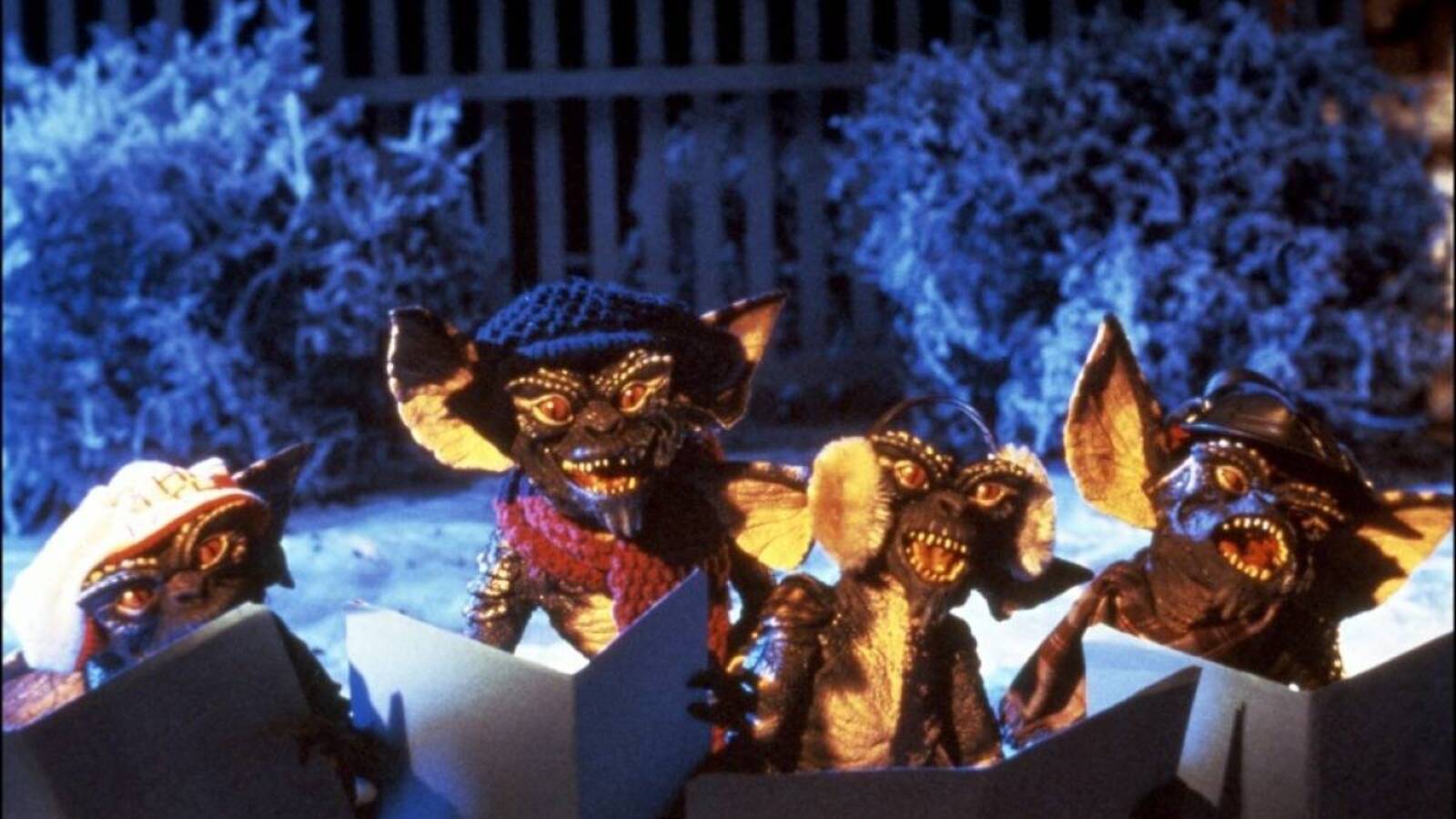
Want a little horror mixed in with your Christmas cheer? A little blood with your eggnog, perhaps? Well then “Gremlins” might be the perfect movie for you. It’s one of the classic horror-comedies, and also one of the more-impish holiday films. Feel free to read these 20 facts about “Gremlins” after midnight.
World War II is partially responsible for the film
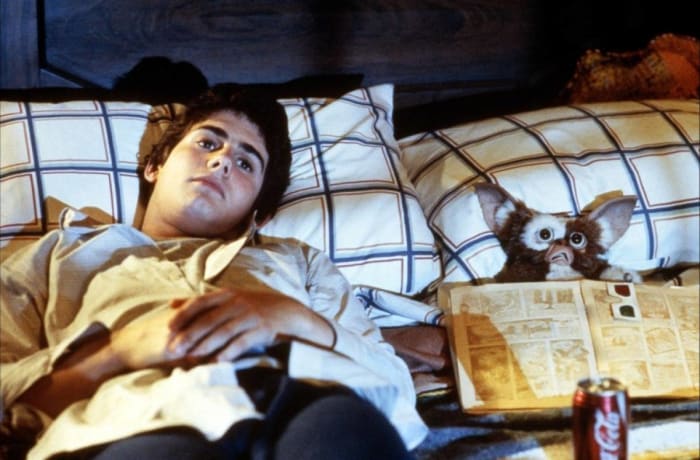
The idea of a “gremlin” dates back to the Royal Air Force during World War II. When something went wrong with a plane they would blame it on little monsters called “gremlins.” Author Roald Dahl, who was in the RAF, wrote a book called “The Gremlins” in 1943 that put the idea of gremlins into the popular culture.
The writer didn’t expect it to get made

Chris Columbus had made his screenwriting debut with the movie “Reckless,” a coming-of-age drama starring Aidan Quinn and Darryl Hannah. However, Columbus hated what the director had done with his script and called the process “so degrading.” After that, Columbus decided to write the screenplay for “Gremlins” to serve as a spec script. After the disaster of “Reckless”, he just wanted to show people he could write.
Columbus was inspired by his living situation

At the time he conceived of “Gremlins,” Columbus was living in a loft that had a bit of a rodent problem. He could hear mice coming out at nice and skittering around in the dark, which he found quite creepy. This gave him the idea for the bones of his horror-comedy.
Columbus is a Christmas movie legend

If he had only written “Gremlins,” Columbus would have had a big impact on the Christmas movie landscape. A few years later, he almost directed “National Lampoon’s Christmas Vacation,” but left the product because he hated dealing with Chevy Chase. John Hughes wanted to do a solid for his friend, so he offered him a couple of projects to direct. Columbus chose “Home Alone,” which was the highest-grossing Christmas movie ever until “The Grinch” surpassed it.
The spec script became reality due to a Hollywood legend

Columbus may have just wanted to show off his writing skills, but he did a lot more than that. His screenplay came across the desk of none other than Steven Spielberg. Spielberg was getting into doing more producing with his Amblin Entertainment company, and he decided to buy the script for “Gremlins” and executive produce it.
The director and Spielberg would end up working on another film together
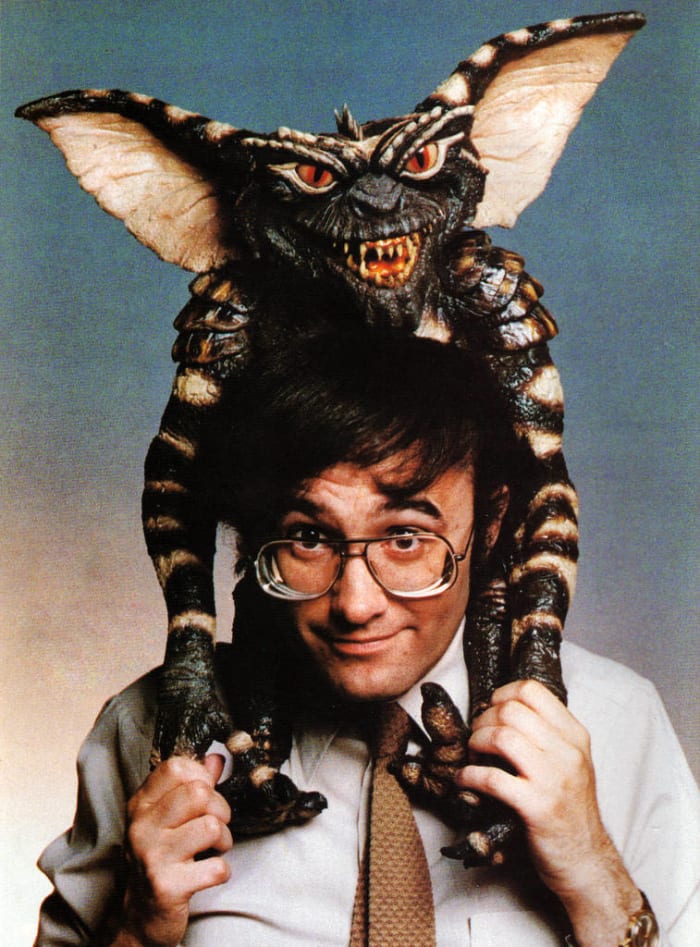
Wanting somebody who knew a thing or two about horror-comedy, Spielberg hired Joe Dante for the project based on his experience directing films like “Piranha” and “The Howling.” Dante started his work on “Gremlins” while he was working on his segment of “Twilight Zone: The Movie.” Fittingly, Spielberg also directed a segment of that film as well.
The script was originally way darker

Spielberg may have liked Columbus’ script, but there were changes and revisions made to tone the movie down. The original version would have probably been an R-rated affair. We’re talking about Billy’s mom’s severed head being thrown down the stairs and Billy’s dog being eaten. Also, Gizmo was originally going to turn into Stripe, the leader of the gremlins. However, Spielberg nixed that, thinking Gizmo was cute and audiences would want him to stick around. He was right on that.
Spielberg let another thing go

The “Jaws” director didn’t throw his weight around on anything. For example, he did not like Kate’s infamous story about her father’s death, which was based on an urban legend. Dante wanted to keep the scene, feeling it was a perfect encapsulation of the horror and comedy elements of the movie. In this case, Spielberg deferred to his hand-appointed director.
It was a “Fast Times” reunion
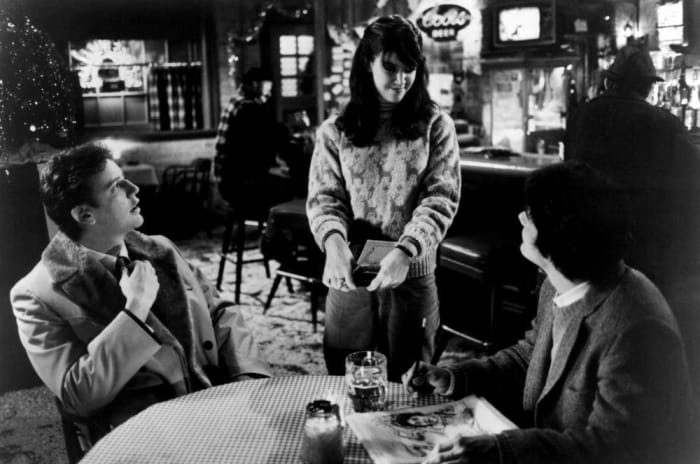
In “Fast Times at Ridgemont High,” Judge Reinhold plays a teen who has a thing for Phoebe Cates’ character. That is evident in the most famous, or infamous scene in the film. Both actors are in “Gremlins” as well, with Cates playing Kate, the female lead. She actually almost lost the role of Kate due to the risqué nature of her previous work.
Spielberg stumped for Zach Galligan

Spielberg wanted Zach Galligan for the lead role of Billy, even though he was an unknown at the time. He saw the chemistry that Galligan had with Cates and given that they had to be a couple in the film this was huge. This turned out to be a break for Galligan, who is to this day best known for playing Billy.
A Dante fave plays a key role

Dıck Miller is fun as Murray Futterman, even if his character is, as we say now, problematic (he’s supposed to be, to be fair). Miller was a prolific character actor, one of the ultimate “That Guy” performers. There’s literally a documentary about the late actor called “That Guy Dıck Miller.” Dante was a huge fan of Miller and cast him in every one of his theatrical releases.
Miller wasn’t the only prolific actor in the film
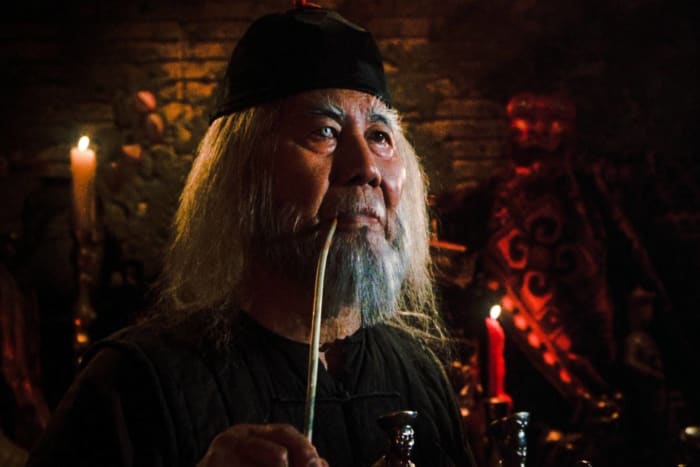
Keye Luke, who plays Mr. Wing, had a career to rival Miller’s. He began acting in the 1930s and was one of the first Chinese-American actors signed to a studio contract. Luke appeared in dozens of films and TV shows, and the 80-year-old actor was still at it when he made “Gremlins.” However, he was still youthful enough that they had to add old-age makeup to his face.
A notable named voiced Gizmo

Frank Welker, one of the all-time animal voice actors (he’s been doing Scooby-Doo since the beginning), was brought on to voice Stripe, the lead villain of the film. He, in turn, suggested Howie Mandel as the voice of Gizmo. These days, Mandel is famous for being on screen as the host of “Deal or No Deal” and as a judge on “America’s Got Talent.”
The mogwai and gremlins were mostly improvising

Gizmo, Stripe, and company speak a few clear words, but they mostly make a lot of noises. While they were actually shooting the movie, the puppeteers were moving the various mogwai and gremlins around without any dialogue. As such, Mandel, Welker, and the other voice actors were largely riffing and improvising based on the movements of the puppets after the fact.
They apparently had a terrible idea for the gremlins
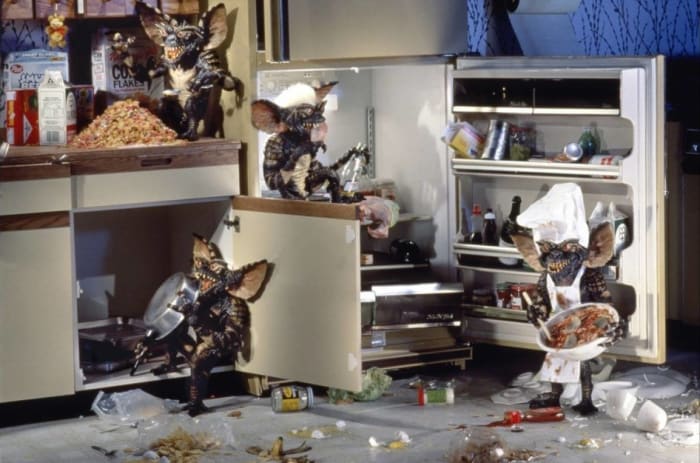
Pretty intricate puppetry was used to bring the mogwai and the gremlins to life, but that was apparently not the original plan. The story goes that originally the gremlins were going to be portrayed by monkeys, but one monkey freaked out when a gremlins mask was placed on them in a test run. Now, this sounds too crazy to be true, but it’s a story that has gotten passed along at the very least.
One bit of special effects was pretty simple
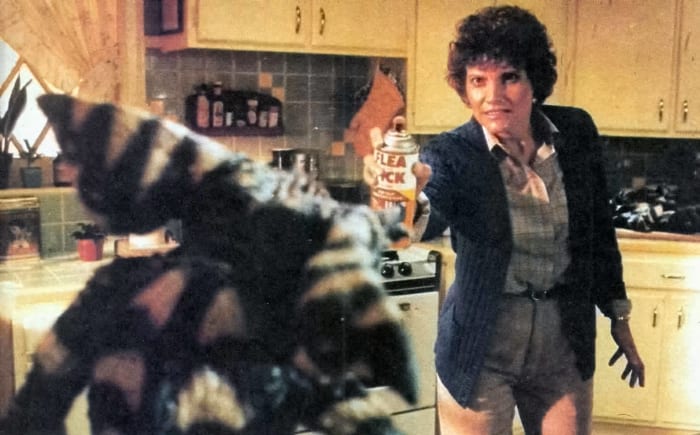
Infamously, Mrs. Peltzer throws one gremlin in the microwave and then cooks him until he explodes. The special effects here were pretty simple. A balloon was filled with various viscera and then placed in the microwave until it exploded.
It was a huge hit
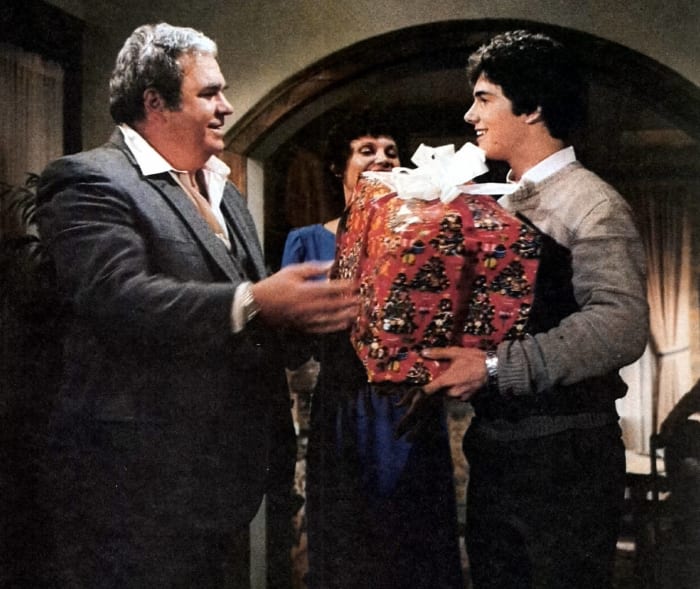
“Gremlins” was made on a relatively cheap budget, but it faced tough competition when it was released on June 8, 1984. Oh yeah, this Christmas movie was a summer release. It came out the exact same day as “Ghostbusters.” However, that didn’t stop the film from being a massive success on its $11 million budget. In the end, “Gremlins” made a robust $153 million domestically and $212.9 million worldwide.
One award ceremony loved it

The Oscars didn’t care much for “Gremlins,” which isn’t surprising, but the Saturn Awards felt differently. If you are unfamiliar, the Saturns are focused on sci-fi, fantasy, and horror. It gave “Gremlins” five awards: Best Music, Best Special Effects, Best Supporting Actress for Polly Holliday, Best Director, and Best Horror Film.
It got an absolutely wild sequel

In 1990, the world was blessed with “Gremlins 2: The New Batch.” Joe Dante returned along with Galligan and Cates, though the action moves to New York. It’s also an insane movie. Dante basically made a Looney Tunes horror movie, going heavy on the comedy. “Gremlins 2” even pokes fun at the original film, such as riffing on the three rules of taking care of a mogwai. Film critic Leonard Maltin, who panned “Gremlins,” appears as himself in “Gremlins 2” where he…pans “Gremlins” before being attacked by gremlins. This is the kind of movie it is.
It helped change the ratings system

In 1984 Spielberg had a hand in both “Gremlins” and “Indiana Jones and the Temple of Doom.” There were both PG films, but they contained some violent material perhaps unsuitable for young children. However, they were too tame for an R rating. Spielberg suggested that the MPAA might want to create a new middle ground for such a film. Thus, later in 1984, the PG-13 rating was born.
Chris Morgan is a Detroit-based culture writer who has somehow managed to justify getting his BA in Film Studies. He has written about sports and entertainment across various internet platforms for years and is also the author of three books about '90s television.
More must-reads:
- 23 TV characters who simply vanished without a trace
- The 20 best werewolf movies
- 25 stars who walked away from the limelight
- The 20 worst coworkers in movie history
- 20 TV couples that became legendary when they finally got together
Breaking News
Customize Your Newsletter
 +
+
Get the latest news and rumors, customized to your favorite sports and teams. Emailed daily. Always free!
PRIVACY POLICY EDITORIAL POLICY CONTACT US
ABOUT YARDBARKER TERMS OF SERVICE
Use of this website (including any and all parts and
components) constitutes your acceptance of these
Terms of Service and Privacy Policy.
This site is for entertainment purposes only.
There is no gambling offered on this site.
Gambling Problem? Call 1-800-Gambler.
